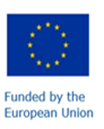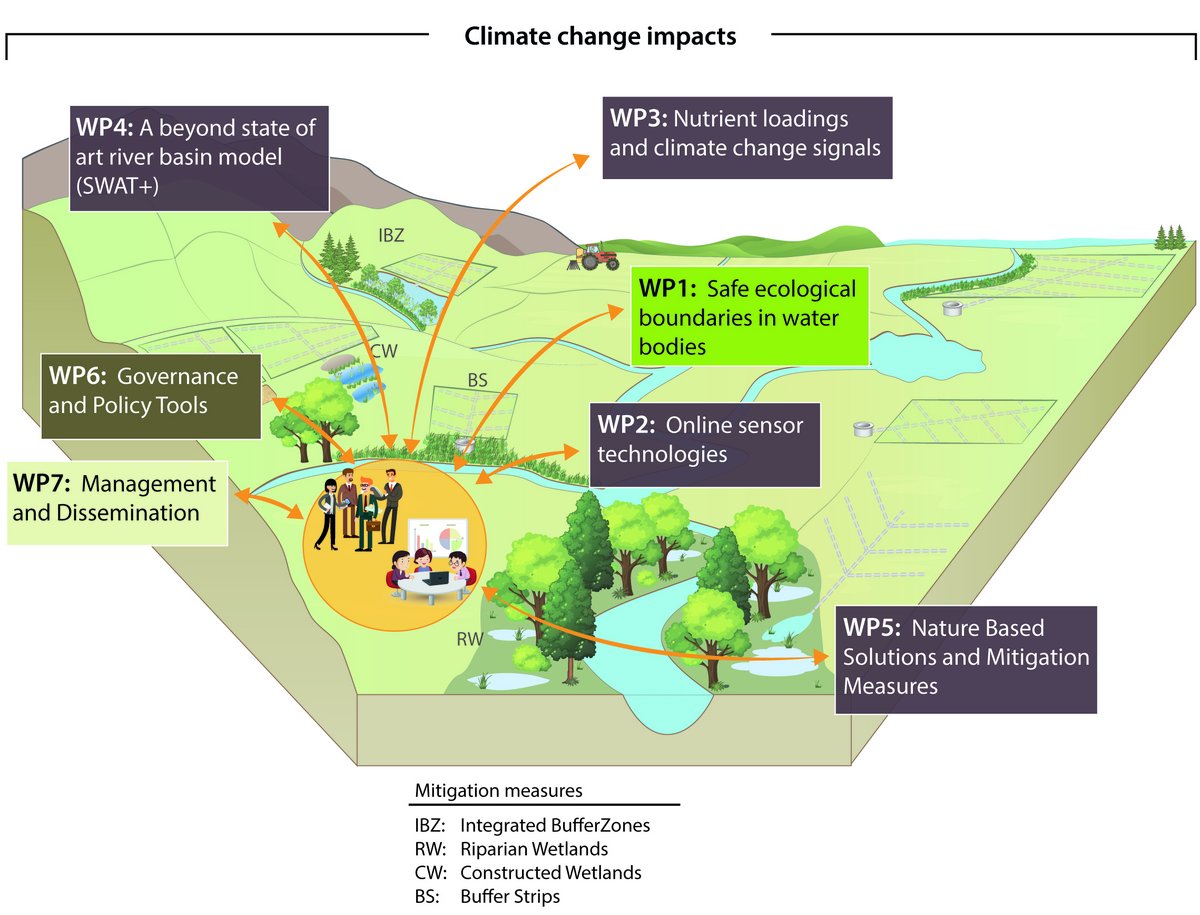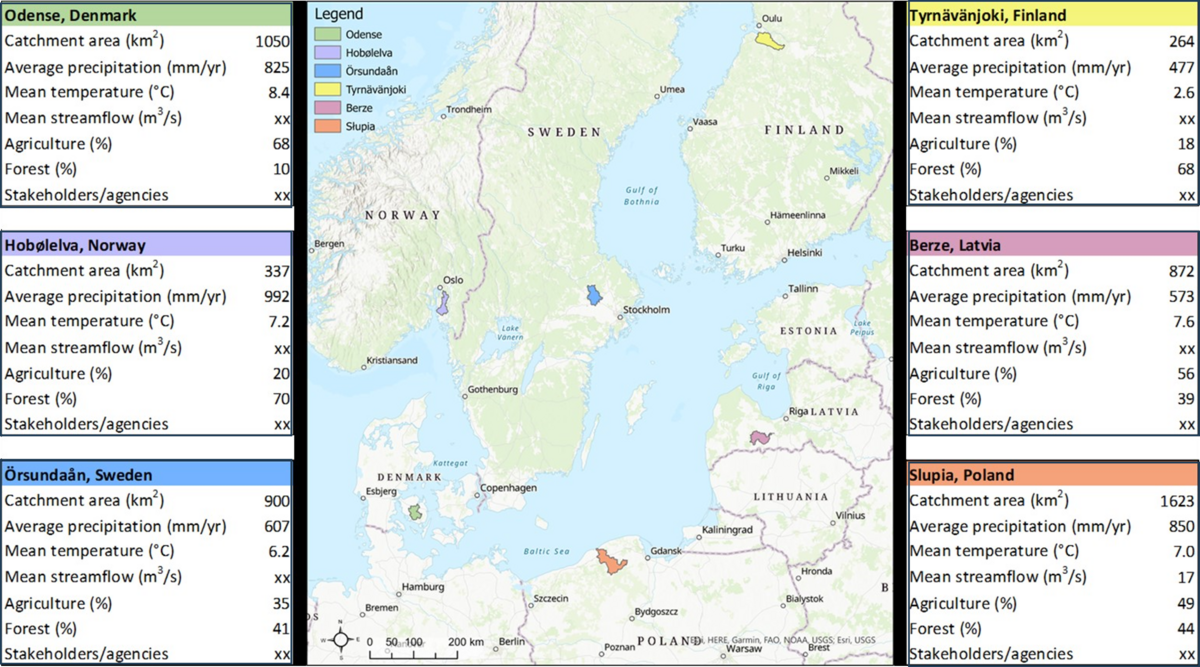Latest news
Policy brief No. 7: Stoichiometry vs. Single Element Approaches for eutrophication management
Agricultural practices, particularly widespread use of nitrogen (N) and phosphorus (P) fertilizers, have increased nutrient fluxes from land to sea. Simultaneously, water regulation and damming may have decreased silicon (Si) fluxes from terrestrial to marine systems. This combination can create stoichiometric imbalances with ecological consequences. Read the report here.
Deliverable Work package D1.4
WP1 has submitted the final deliverable (D1.4) being a research paper last week in April 2025 to the Journal Environmental Monitoring and Assessment (EMA).
The title of the submitted paper is ‘Setting safe ecological boundaries for nutrients and exploring climate impacts on biological resilience in lowland lakes and rivers in the Nordic and Central European regions’ and the paper is lead by Ja-Erik Thrane and Anne Lyche Solheim from NIVA, Norway.
The Title page and abstract of the submitted paper can be found with this link
Nitrogen and phosphorus load reduction approach within safe ecological boundaries for the Nordic-Baltic region
Objectives
NORDBALT-ECOSAFE focuses on a region in Europe that offers ideal conditions for developing an innovative methodology to quantify nitrogen (N) and phosphorus (P) sources and pathways and efficiently reduce nutrient emissions. The Nordic-Baltic region faces the same problems as to reaching the good ecological quality objectives for freshwater as well as coastal marine and transitional waters set by the EU Water Framework Directive (WFD) as other European regions (Figure 1). Moreover, the main receiving marine water bodies, the Baltic Sea and the North Sea, are still heavily impacted by eutrophication despite recent success in reducing nutrient loadings from their drainage basins. Climate change is expected to further exacerbate eutrophication in the Baltic Sea, and the reduction goals for N and P loads prescribed by the Baltic Sea Action Plan (HELCOM 2007) will have to be adapted accordingly. However, the definition of safe ecological limits needs to take into consideration not only regional but also local ecosystems as well as other EU regions to enable food production for the population in the Nordic-Baltic region. Large-scale goals need to be balanced with goals/objectives to protect local biodiversity and improve the ecological status of smaller water bodies. Likewise, considering the spatial scale of their effectiveness is essential when selecting suitable measures to ensure that nutrient loads stay within the boundaries set. Solutions need to follow a common regional strategy but be targeted to local climatic, hydrological, biogeochemical, and agronomic conditions as well as stakeholder perceptions and preferences.
The objectives of NORDBALT-ECOSAFE specifically address several limitations to our understanding of nutrient pollution sources, pathways, and ecological impacts at different spatial scales, which potentially impede or slow down the achievement of the UN Sustainable Development Goals and the objectives of the European Green Deal, especially the 2030 Climate Target Plan, the EU Forest Strategy for 2030, the EU Biodiversity Strategy for 2030 and the Farm to Fork Strategy. Accordingly, they are highly pertinent to the work programme topic.
The overarching aim of NORDBALT-ECOSAFE is to ensure that N and P concentrations and loadings in water bodies in the Nordic-Baltic region are reduced and will remain within safe ecological boundaries.



